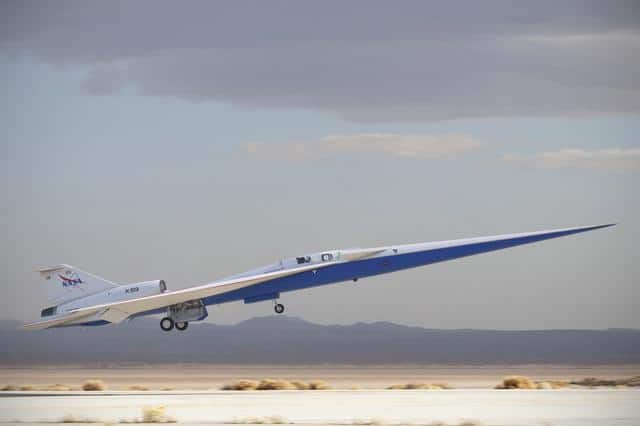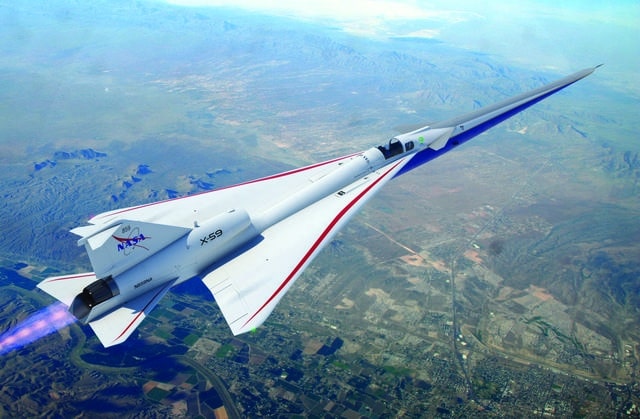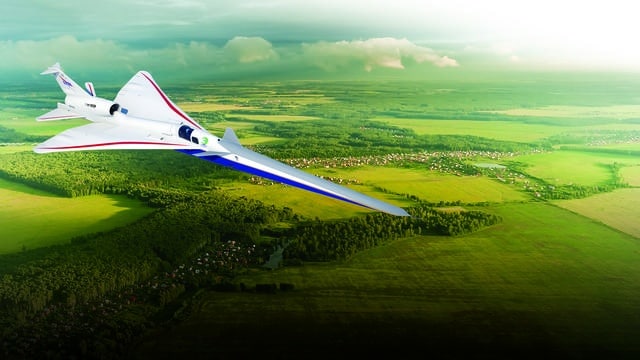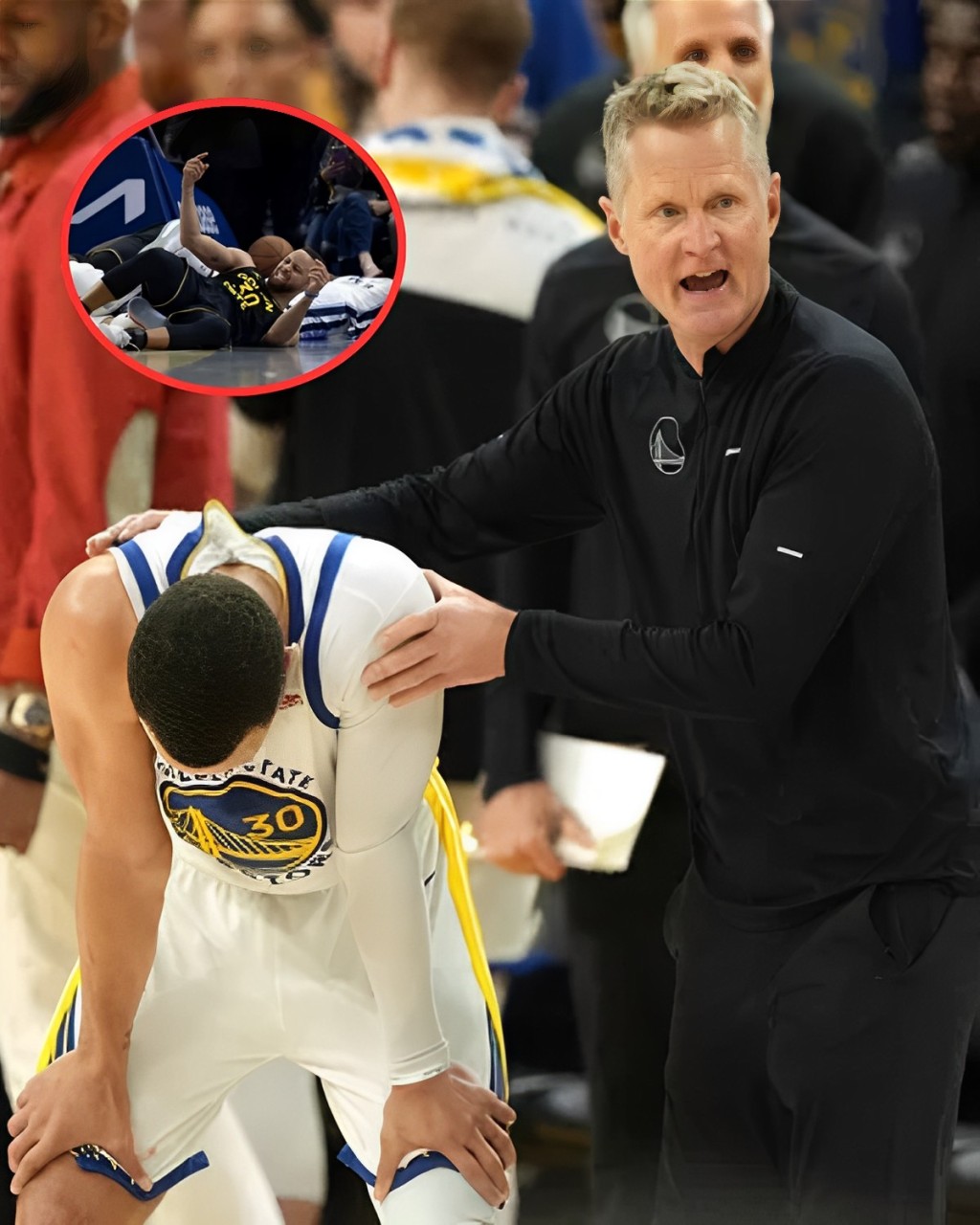
NASA
Unless you’re traveling first class, long-haul flights are a bore not to mention uncomfortable.
Thankfully, NASA is working on a way to get you to your destination faster.
Four times faster than what’s currently possible, to be precise.
It may sound like a pipe dream, but the US space agency recently investigated the business case for supersonic passenger air travel.
And apparently, aircraft could theoretically travel between Mach 2 (2,469 km/h) and Mach 4 (4,900 km/h) speeds.
In other words, a lot faster than they’re flying now.

NASA
Supersonic passenger planes aren’t a new concept, though.
Concorde took off in 1976 and could travel at a maximum speed of Mach 2.04 (2,518 km/h).
Unfortunately, due to safety problems and several fatal crashes, she was retired in 2003.
Fast forward to today, and planes travel about 80 percent of the speed of sound, so Mach 1 (1,234 km/h).
Still fast, but not supersonic fast.

NASA
NASA’s Glenn Research Centre concluded there are around 50 established routes and potential markets for subsonic travel.
The problem is, the US and MANY other countries prohibit supersonic travel over land, so the studies’ findings covered trans-oceanic travel.
It’s not a case of proving it can be done, but rather providing the data to regulators to change the rules around supersonic flights.
So, what are the next steps?

NASA
Following studies into supersonic passenger travel, NASA’s Advanced Air Vehicles Program (AAVP) is ready to move into the next phase of high-speed travel research.
This will involve issuing two 12-month contracts to companies to develop concept designs and technology roadmaps.
“The roadmaps will explore air travel possibilities, outline risks and challenges, and identify needed technologies to make Mach 2-plus travel a reality,” NASA stated.
It’s not just NASA looking into supersonic and hypersonic travel.

NASA
Destinus, a private aerospace company from Switzerland, has been working on hypersonic planes for passenger transportation and cargo.
Airlines have also entered into partnerships with companies that are working to deliver supersonic travel.
Who will get there first – who knows – but it’s looking entirely possible that hypersonic travel will be a reality in the next decade.





